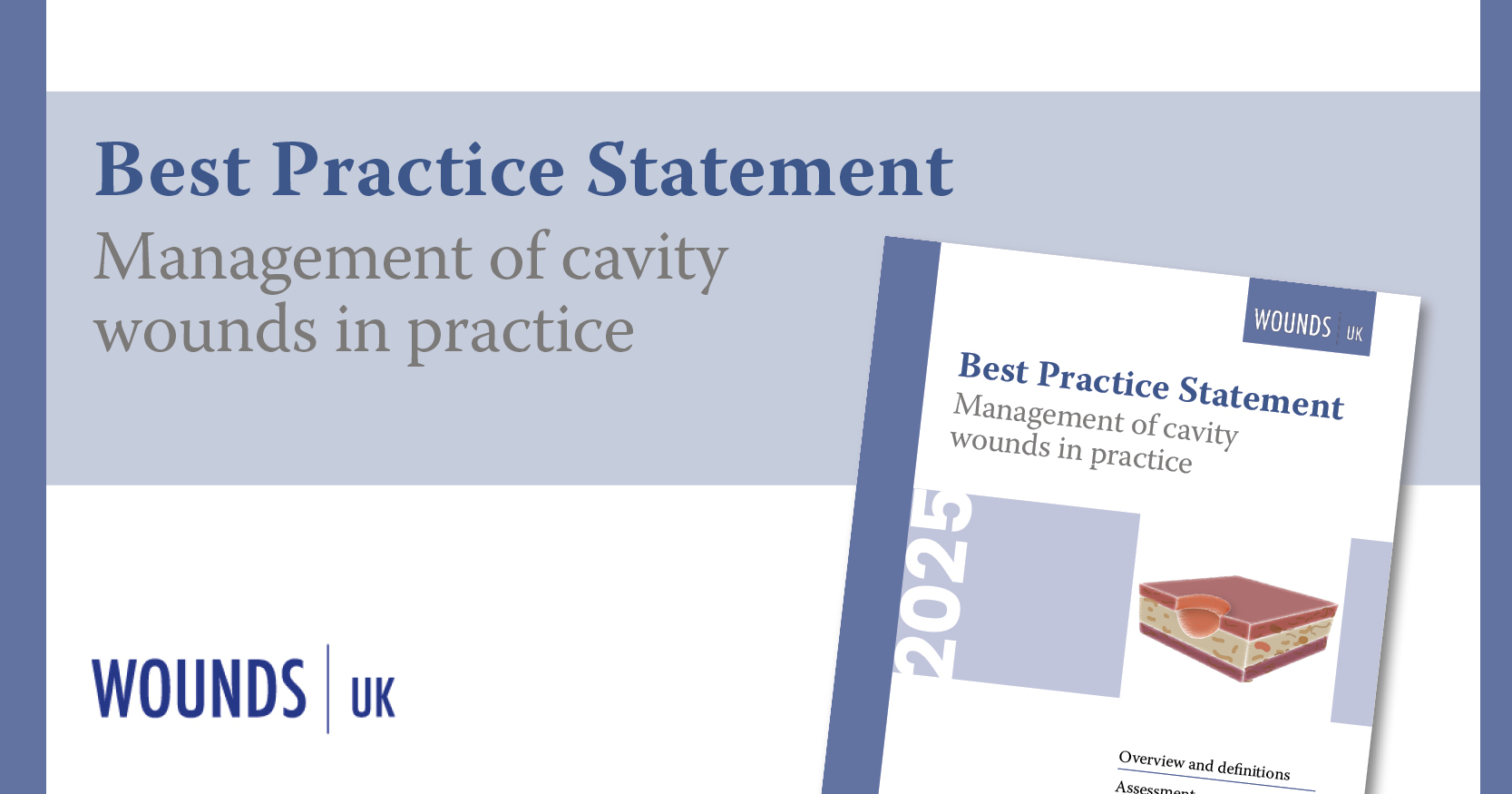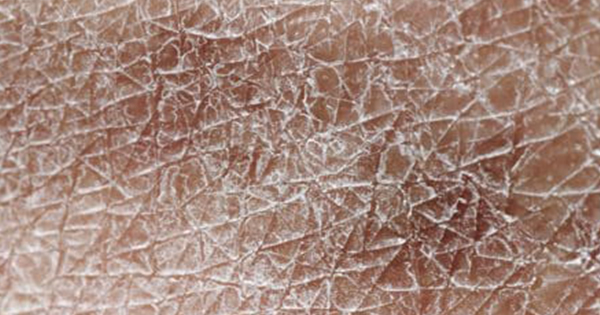Background: The TIME framework was developed by the International Advisory Board for Wound Bed Preparation (WBP) (Schultz et al, 2003), as a practical tool for use in the clinical setting and summarises the four main components of WBP: tissue, infection/inflammation, moisture, edge.
Aims: To examine the impact of delivering an educational programme using the concept of WBP and the associated TIME framework on community nurses’ wound care knowledge and practice.
Methods: An experimental pre-test–post-test design using repeat measures was used to test the hypothesis that a structured educational intervention based on the TIME framework would positively impact on community nurses’ wound care knowledge and practice. Data was collected using questionnaires, non-participant observation and recording of data from patients’ clinical records.
Results: Community nurses’ wound care knowledge and practice improved significantly after training (t[39]=17.37, p<0.001 and t[32]=7.12, p<0.001, respectively).
Conclusions: The TIME framework is a useful tool for delivering wound care education and can make significant improvements to wound care practice.
Conflict of interest: None..






